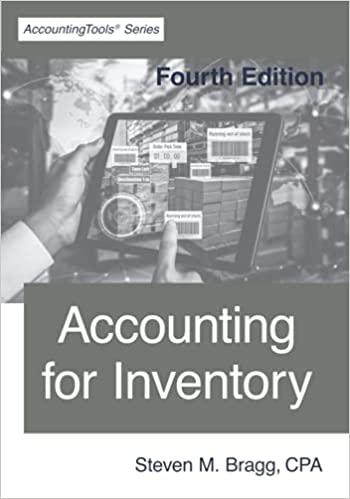Analyze and compare Amazon.com to Best Buy Amaxon.com, Inc. (AMZN) is one of the largest Internet retailers in the world. Best Buy, Inc. (BBY) is a leading retailer of consumer electronics and media products in the United States. Amazon and Best Buy compete in similar markets; however, Best Buy sells through both traditional retail stores and the Internet, while Amazon sells only through the internet. Sales and accounts receivable information for both companies for a recent period follows (in mililions): a. Determine the accounts receivable turnover for each company. For interim computations, carry amounts out to one decimal place. Round your final answers to one decimal place. b. Determine the days' sales in receivables for each company. Assume 365 days in a year. For interim computations, carry amounts out to one decimal place. Round your final answers to one decimal place. c. With regard to efficiency in collecting accounts receivable between the two companies which of the following statements is correct? 1. Best buy is more efficent than Amaron in tuming accounts recelvabte into cash. 2. Amazon is more efficient than Best buy in furning accounts recelvable into cash. 3. Bow Amazon and Best Buy are equally efficient in turming occounts recelvatile into cash. 4. Both Amazon and Best Buy are equaliy inefficient in turning accounts receivable into cash. c. With fegard to efficiency in collecting accounts recelvable between the two companies which of the following statements is correct? 1. Best Buy is more efficient than Amazon in turning accounts recelvable into cosh. 2. Amazon is more efficient than Best buy in turning accounts recelvable into cash. 3. Both Amazon and Best Buy are equally efficient in turning accounts recelvable into cash. 4. Both Amazon and Best Buy are equally inefficient in tuming accounts receivable into cash. d. What might explain the difference in the above ratios? 1. Difference in the type of customers served by the two companies. 2. Difference in the products sold by the two companies. 3. Difference in the purchasing policles of the two companies. 4. Difference in the management of funds








